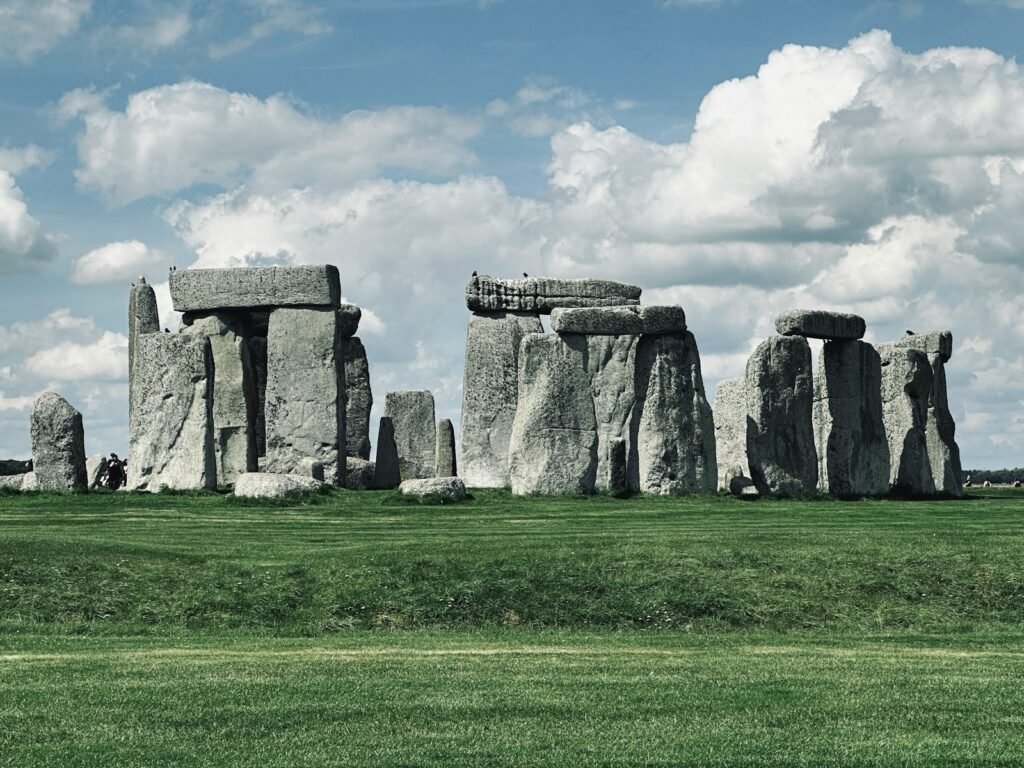It sounds like something out of a tall tale: a trampoline tumbling through the sky, flung by invisible hands, landing not in the neighbor’s yard but in an entirely different county. Yet, in Wyoming, this is no exaggeration. The wind here is notorious—wild, relentless, and sometimes downright shocking in its strength. Imagine stepping outside to discover the family trampoline has vanished, only to find it miles away, tangled in a distant fence line. For Wyomingites, this isn’t fiction—it’s a fact of life, a force of nature that shapes their days and even their sense of humor. What is it about the Wyoming wind that gives it such power, and how does it manage to turn everyday objects into airborne projectiles? Let’s dive into the science, stories, and staggering realities of Wyoming’s winds.
Wyoming’s Legendary Wind: More Than Just a Breeze
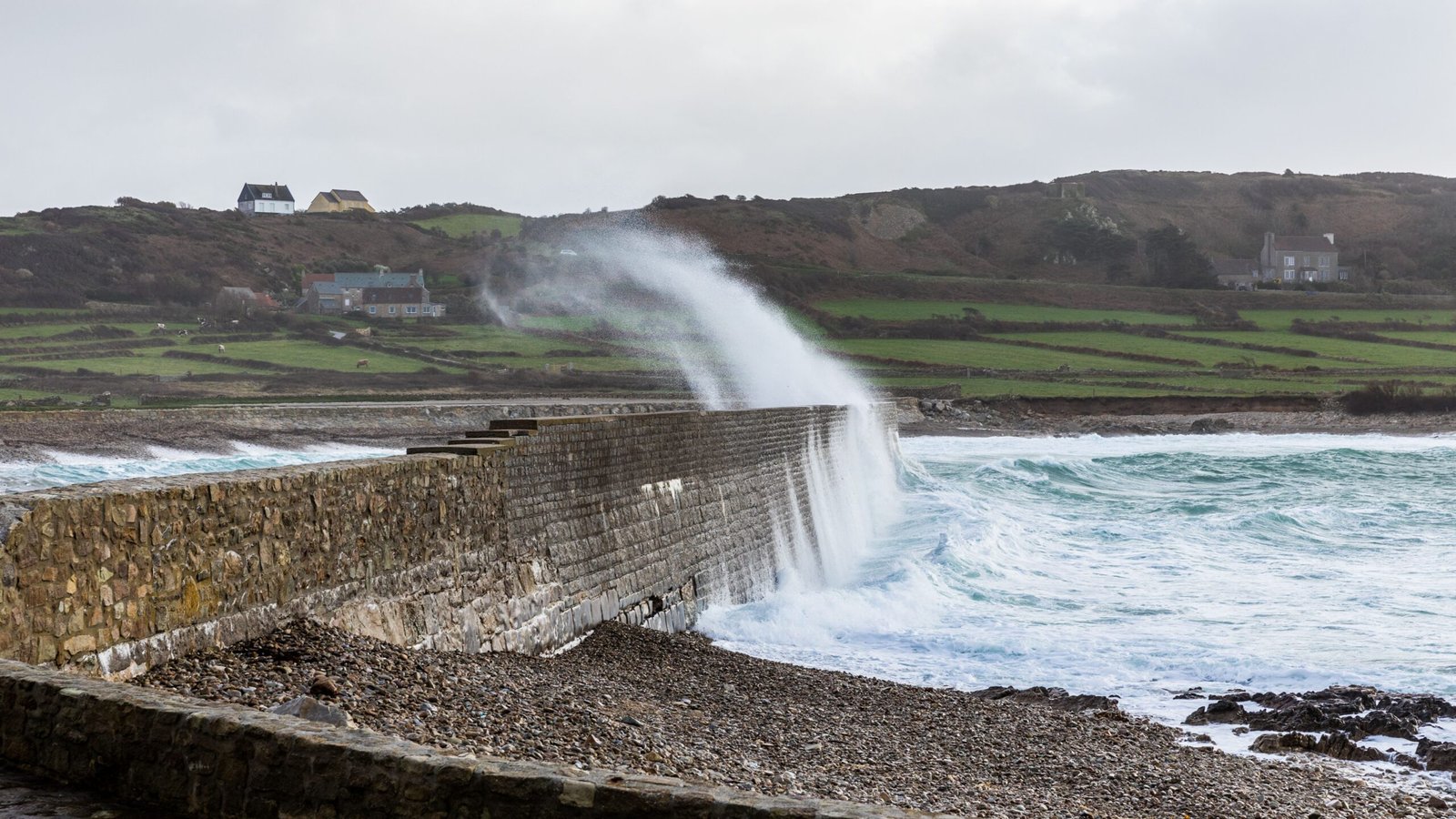
The wind in Wyoming is not your average gentle gust. It’s a relentless presence, sometimes howling for days on end. Residents often joke that if you don’t like the wind, you shouldn’t live in Wyoming. But the truth is, these gusts can be fierce and unyielding. Some days, it feels like the landscape itself is moving. The sensation of wind roaring past your ears, rattling windows, and bending trees is a daily experience for many. This wind isn’t just an inconvenience—it’s a defining trait of the region, influencing everything from local culture to architecture and even the way people dress.
The Science Behind Wyoming’s Fierce Gusts
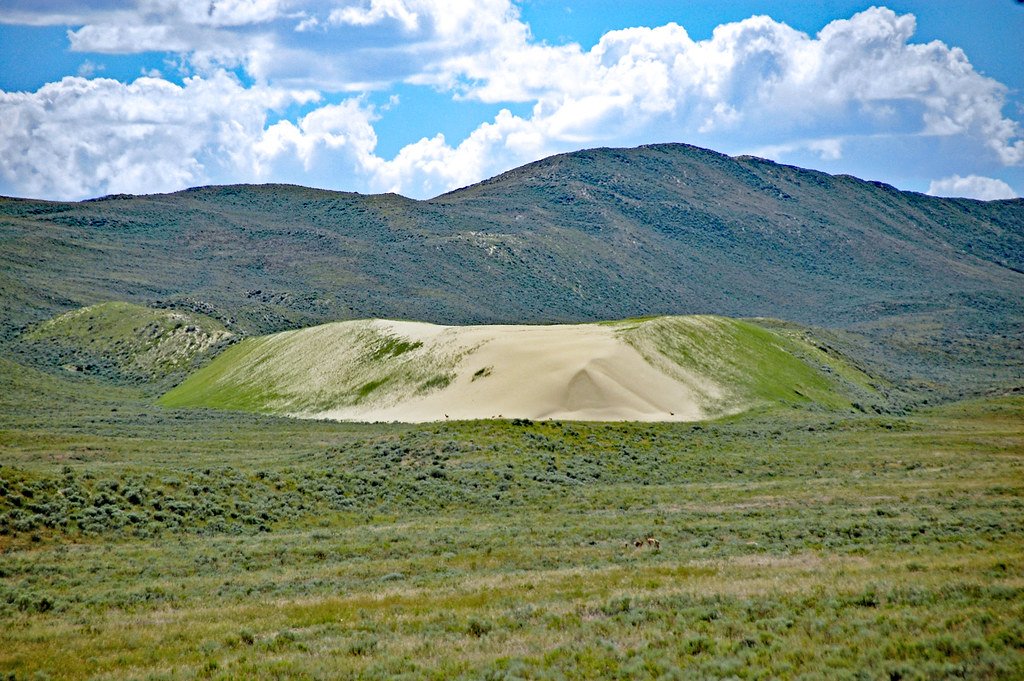
Why is Wyoming so windy? The explanation lies in geography and meteorology. Wyoming sits at the crossroads of major atmospheric currents, sandwiched between the Rocky Mountains to the west and the Great Plains to the east. Here, air masses clash and accelerate, creating powerful pressure gradients. The state’s high elevation and open terrain leave little to block or slow down the wind. When strong systems sweep through, wind speeds can easily soar past 50 miles per hour, with gusts even higher in certain regions. Meteorologists refer to this region as “wind alley” for good reason.
Record-Breaking Wind Events: A History of Extremes
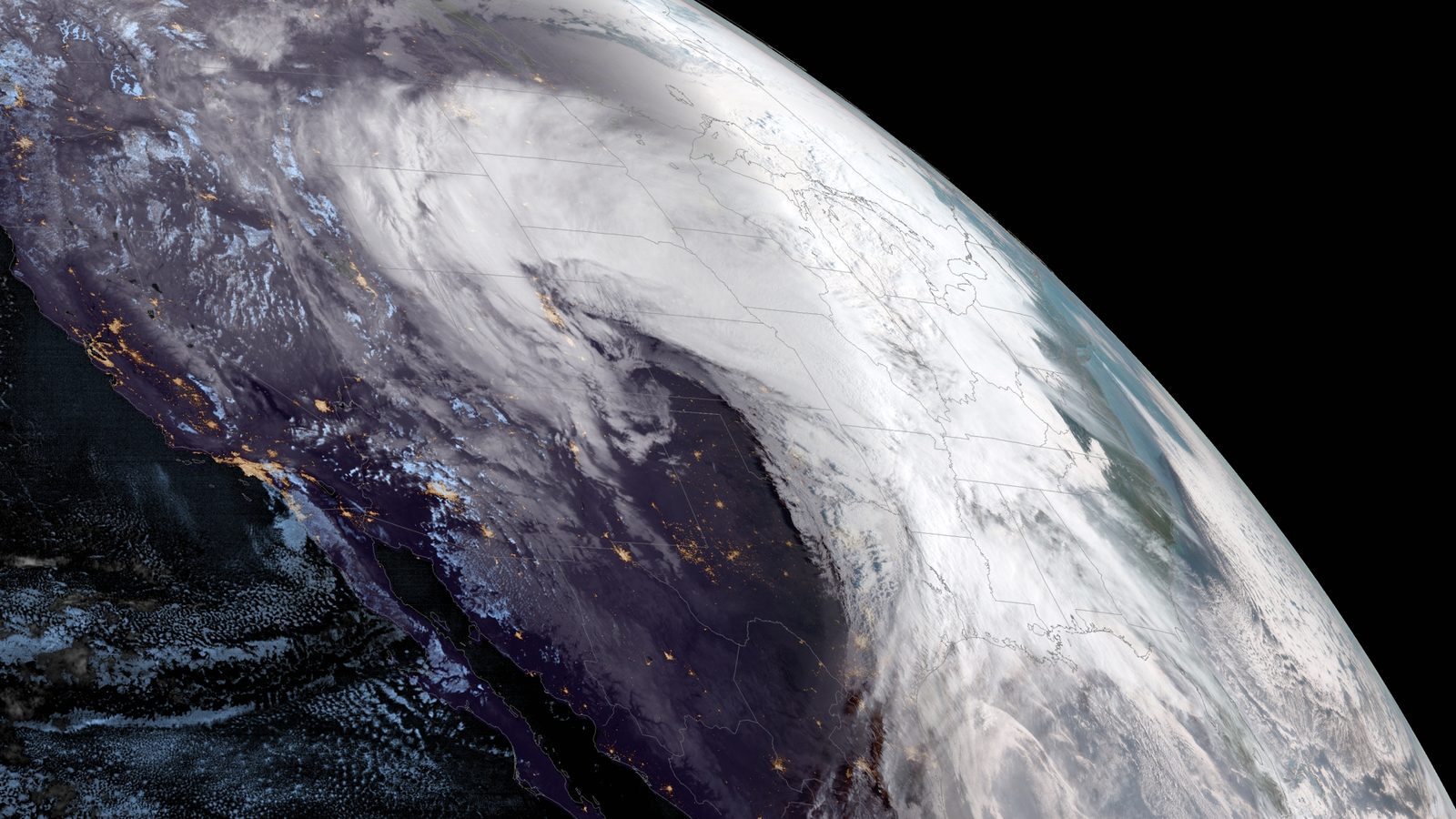
Wyoming has seen its share of jaw-dropping wind records. There have been documented cases where wind gusts exceeded 100 miles per hour, rivaling the force of a Category 2 hurricane. Towns like Arlington and Elk Mountain have regularly reported gusts that leave residents wide-eyed and cautious. These events are not just rare flukes—they’re part of a long history of extreme weather. Each year, stories circulate of highway closures, overturned trucks, and, yes, wayward trampolines. For many Wyoming families, “battening down the hatches” is a necessary ritual.
Trampolines on the Move: Tales From the Prairie
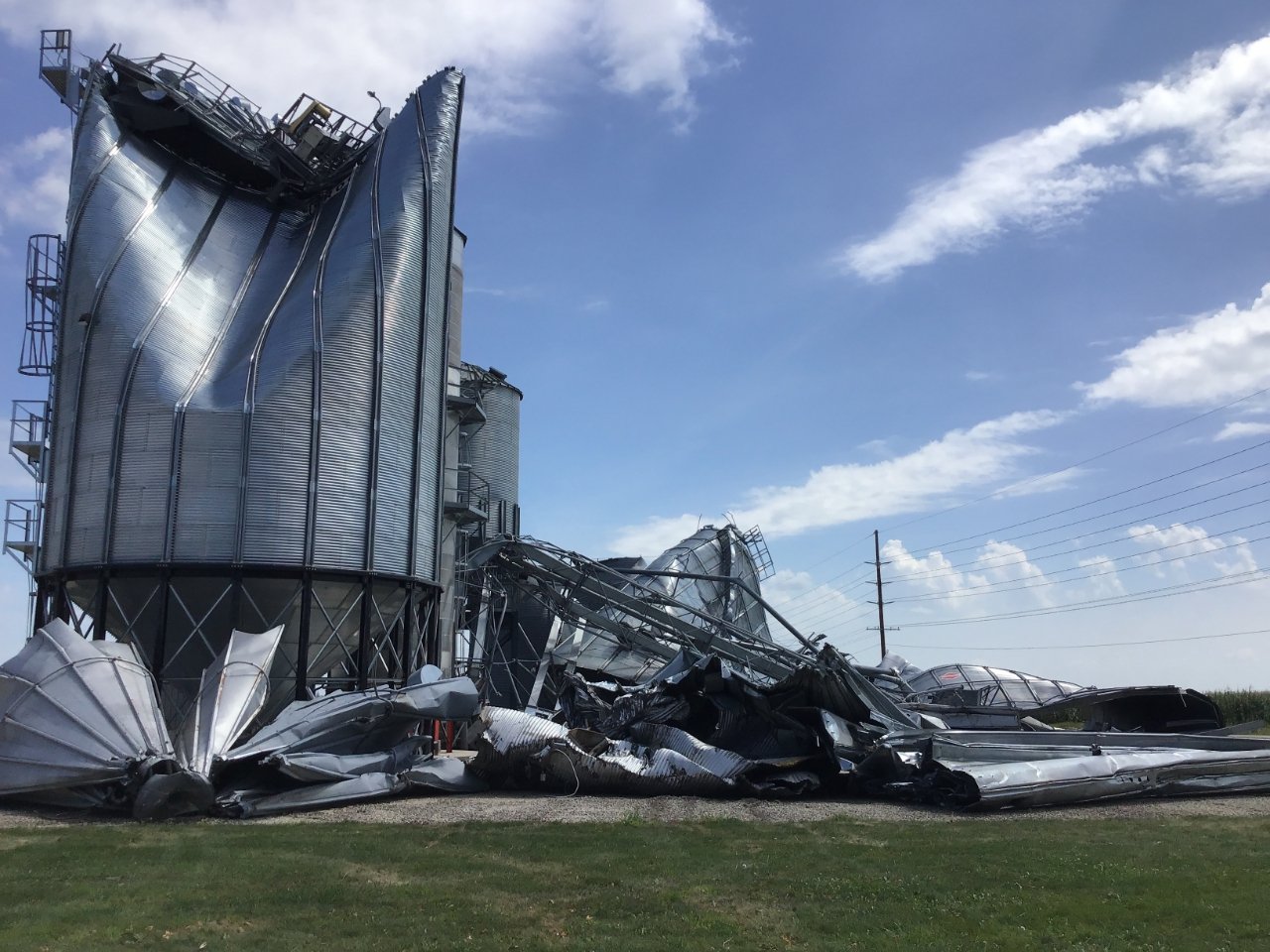
It’s almost a rite of passage in Wyoming: glance out the window after a windy night and discover your trampoline is gone. Social media lights up with photos of trampolines tangled in power lines or perched on a neighbor’s barn roof. Some stories are so outrageous they seem unbelievable, yet they happen season after season. One family in Cheyenne found their trampoline nearly six miles away after a particularly wild windstorm. These tales may be funny in hindsight, but they also highlight the practical dangers of life in such a windy place.
Physics in Action: How Wind Lifts a Trampoline
The sight of a trampoline sailing over a fence is breathtaking—and it’s a perfect example of physics in action. Trampolines have a large, flat surface area and a lightweight metal frame. When a strong gust of wind hits the mat, it acts like a giant sail, catching the force and lifting the structure off the ground. Even a moderately strong wind can generate enough lift to send a trampoline tumbling. The shape and flexibility of trampolines make them particularly vulnerable, turning them into airborne hazards during storms.
Not Just Trampolines: Other Unlikely Airborne Objects
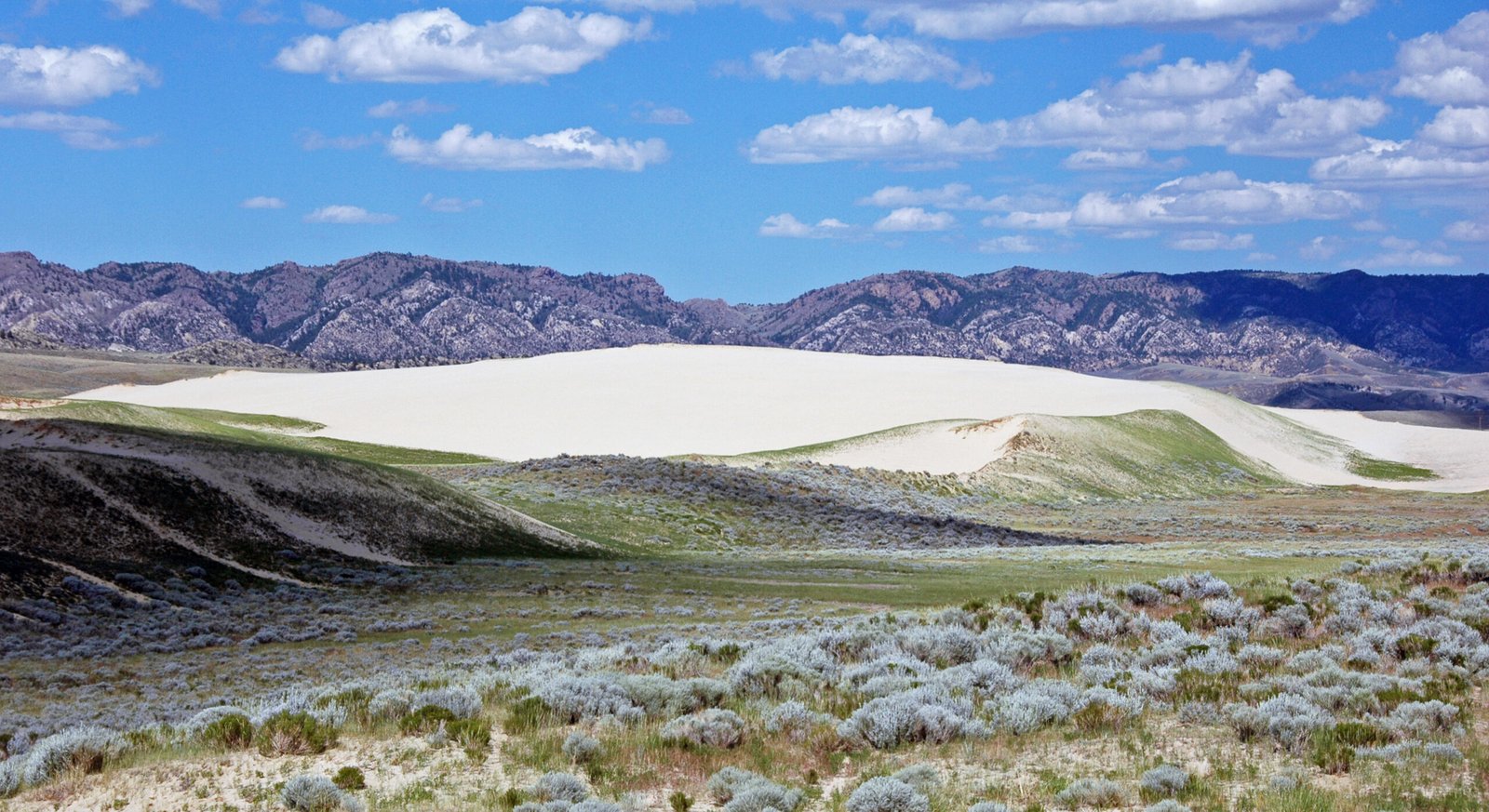
Trampolines aren’t the only victims of Wyoming’s wild winds. Patio furniture, garbage cans, and even small sheds have been swept away in a matter of minutes. There are stories of doghouses cartwheeling across fields and garden tools found miles from home. Anything light enough to be lifted and broad enough to catch the wind can become a projectile. The unpredictability of what might take flight adds a layer of suspense to every windstorm.
Community Preparedness: Battening Down and Tying Up
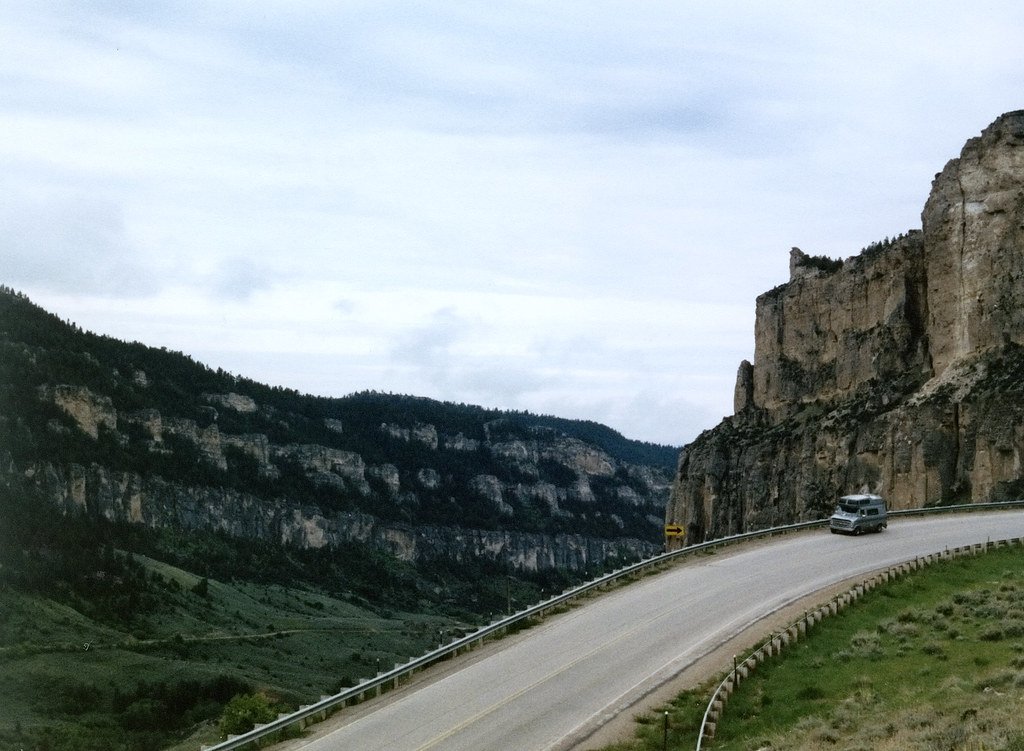
In Wyoming, wind safety is part of daily life. Residents have developed strategies to keep their belongings grounded. Heavy-duty stakes, sandbags, and bungee cords are common sights in backyards. Some families go so far as to disassemble trampolines each winter or anchor them with concrete blocks. Local hardware stores do brisk business in tie-down kits and windproof fasteners. This culture of preparedness speaks to a deep respect for the power of the wind—and a desire to avoid the hassle of chasing down lost property.
The Impact on Daily Life and Activities
The wind shapes more than just the landscape—it influences how people live. Outdoor events are often planned around wind forecasts, and children learn early to watch for flying debris. Farmers and ranchers must secure equipment and plan for wind-driven soil erosion. Even something as simple as a picnic can be upended—literally—by a sudden gust. The wind can bring frustration, but it also brings a sense of resilience and adaptability to those who call Wyoming home.
Architecture and Building Design: Built to Withstand

Homes and buildings in Wyoming are built with the wind in mind. Roofs are often pitched sharply to deflect gusts, and structures are anchored deeply into the ground. Fences are reinforced, and windows may be fitted with storm shutters. Some architects use wind-resistant materials and smart landscaping to divert airflow. These design choices aren’t just aesthetic—they’re essential to prevent property damage and keep families safe during high-wind events.
Economic Impacts: Costs and Consequences
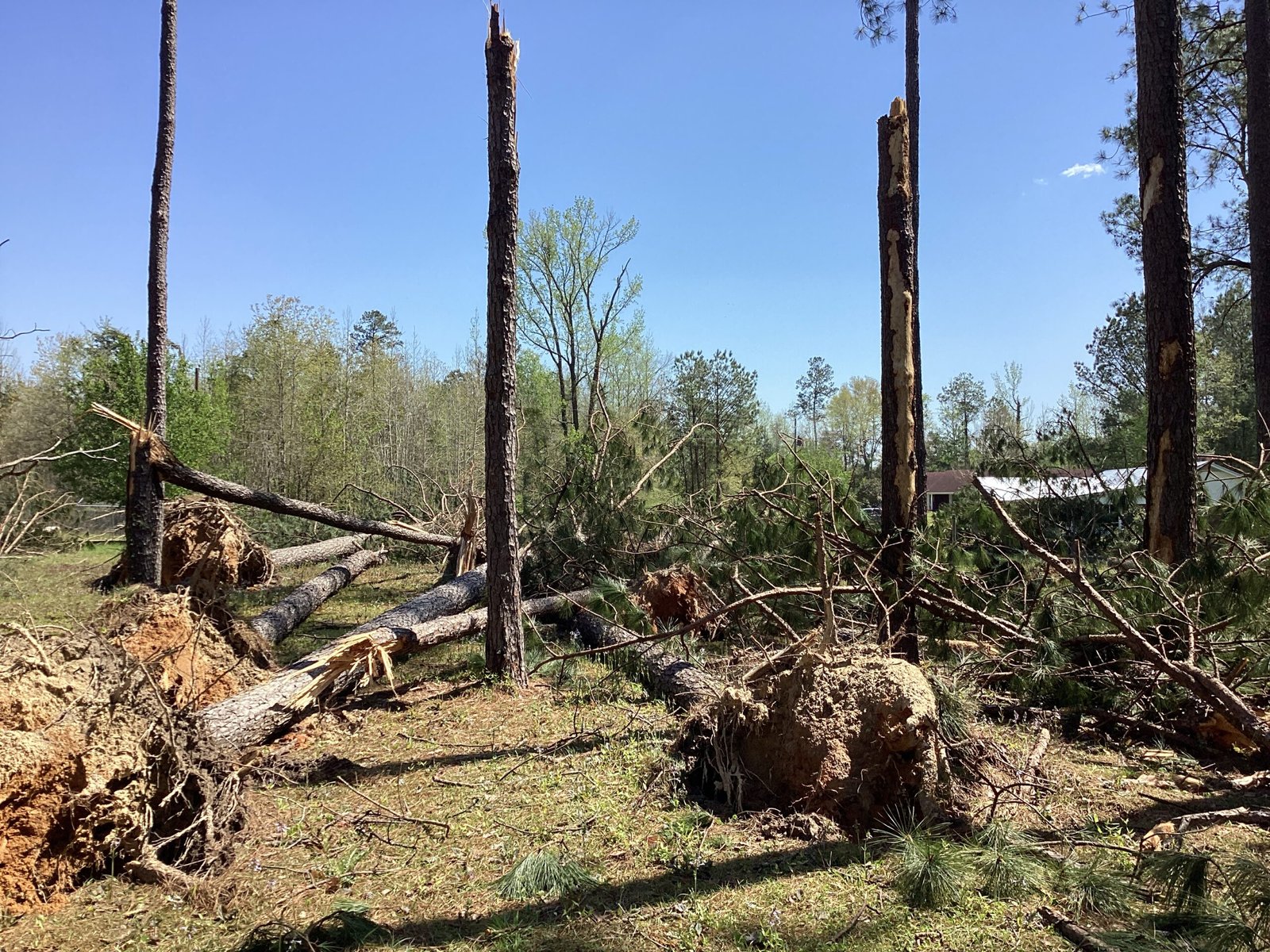
The wind isn’t just an inconvenience; it can be costly. Damaged property, insurance claims, and lost equipment add up quickly. Businesses may need to pause operations during severe windstorms, and transportation can grind to a halt when highways close. For the agricultural sector, wind-driven soil loss can reduce crop yields and force expensive repairs to infrastructure. The economic ripple effects of a major wind event are felt across communities, underscoring the seriousness of this natural force.
Ecological Effects: Shaping the Land and Wildlife
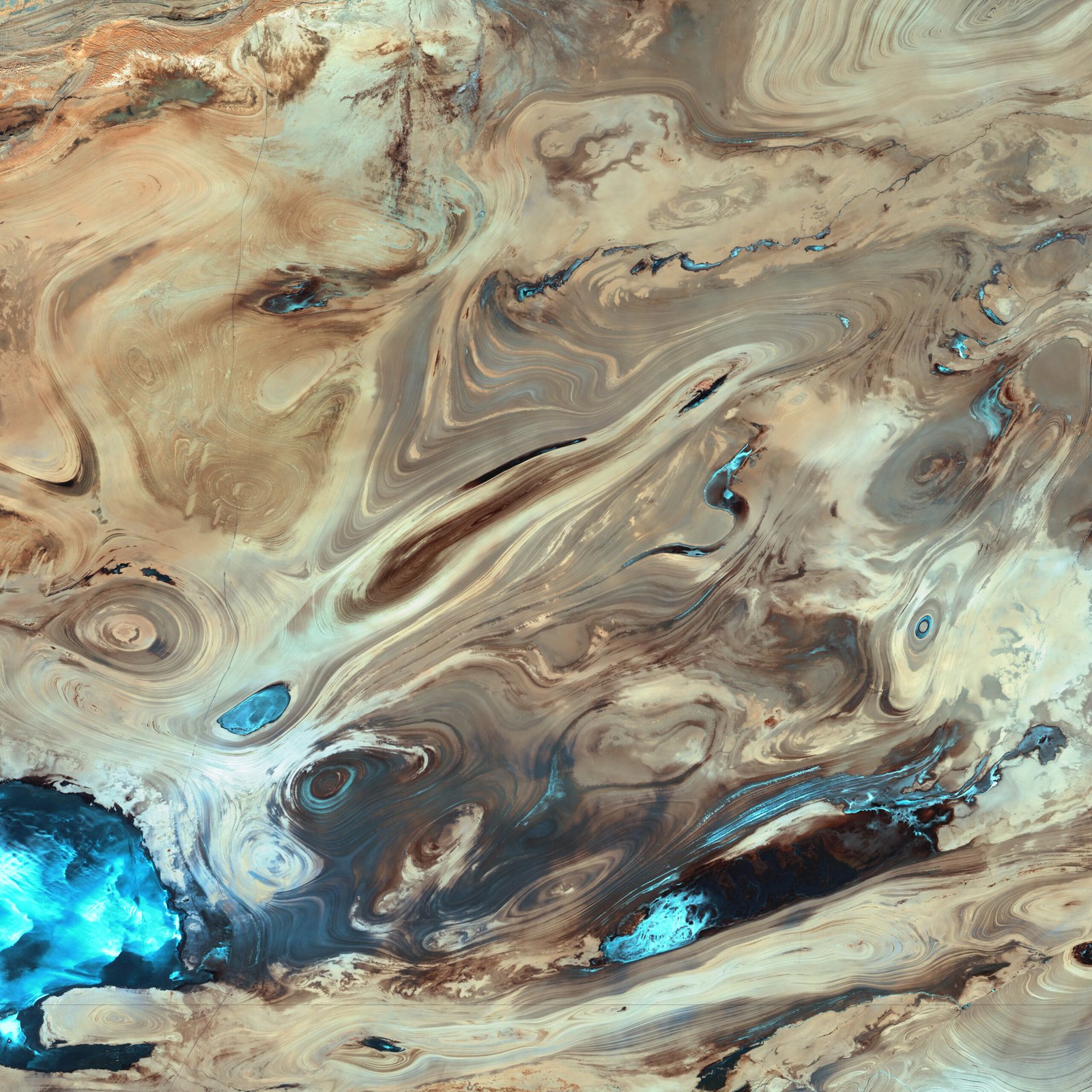
Wind doesn’t just move trampolines—it shapes the environment. Over centuries, Wyoming’s relentless winds have sculpted the land, carving out unique rock formations and sweeping away loose soil. Prairie grasses bend with the wind, and trees grow at odd angles, their trunks twisted by years of constant pressure. Even wildlife adapts: birds nest in sheltered hollows, and animals burrow deep to escape the gusts. The wind is a driving force in the ecosystem, influencing everything from plant growth to animal behavior.
Wind Energy: Harnessing a Powerful Resource
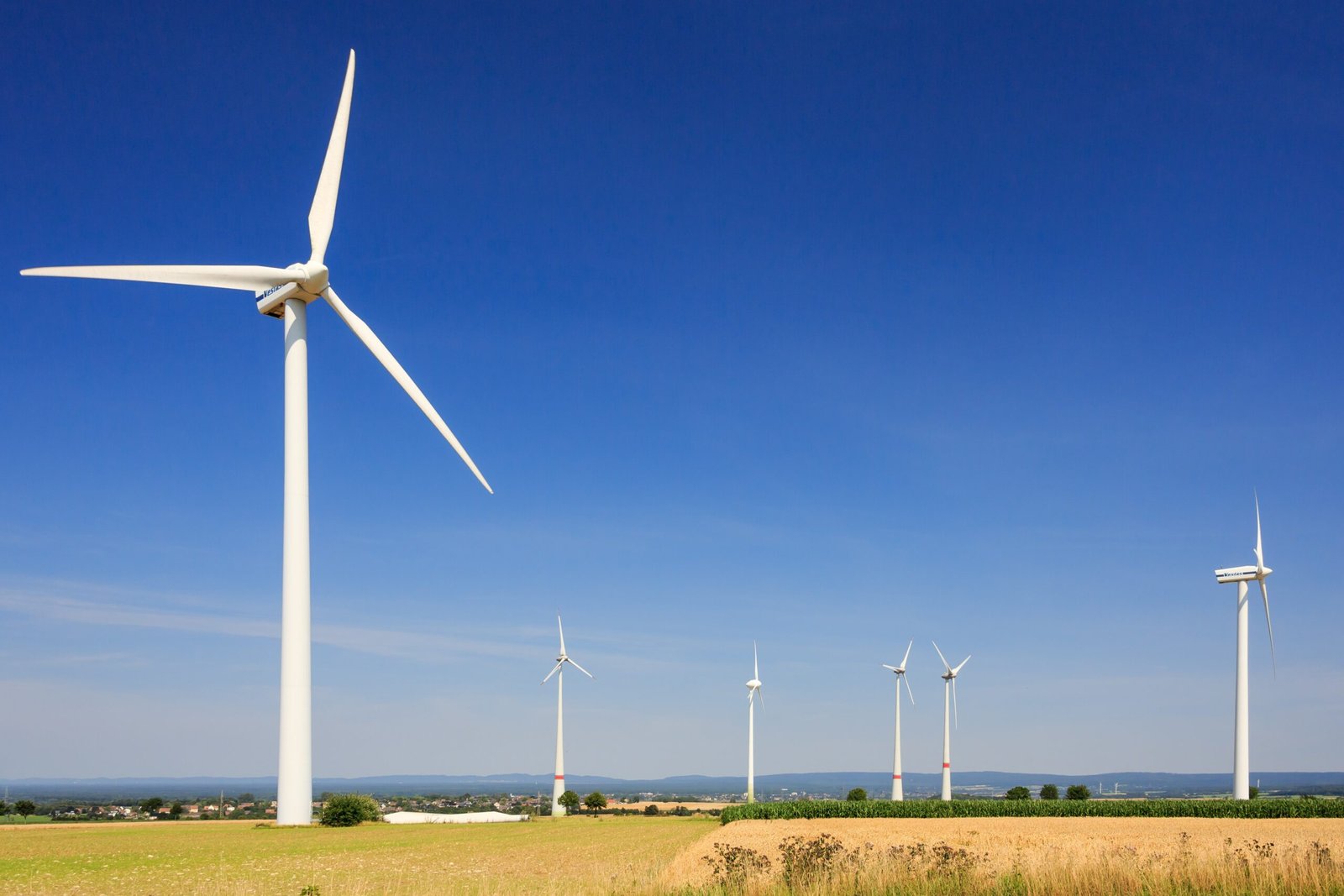
Despite the challenges, Wyoming’s wind is also a tremendous asset. The state is a leader in wind energy production, with sprawling wind farms that turn gusts into electricity. These turbines are engineered to withstand extreme weather, capturing energy from the very force that sends trampolines tumbling. For many, wind power is a point of pride—proof that Wyoming can turn adversity into opportunity. The renewable energy sector continues to grow, bringing jobs and investment to the region.
Myth and Folklore: The Wind in Wyoming Stories
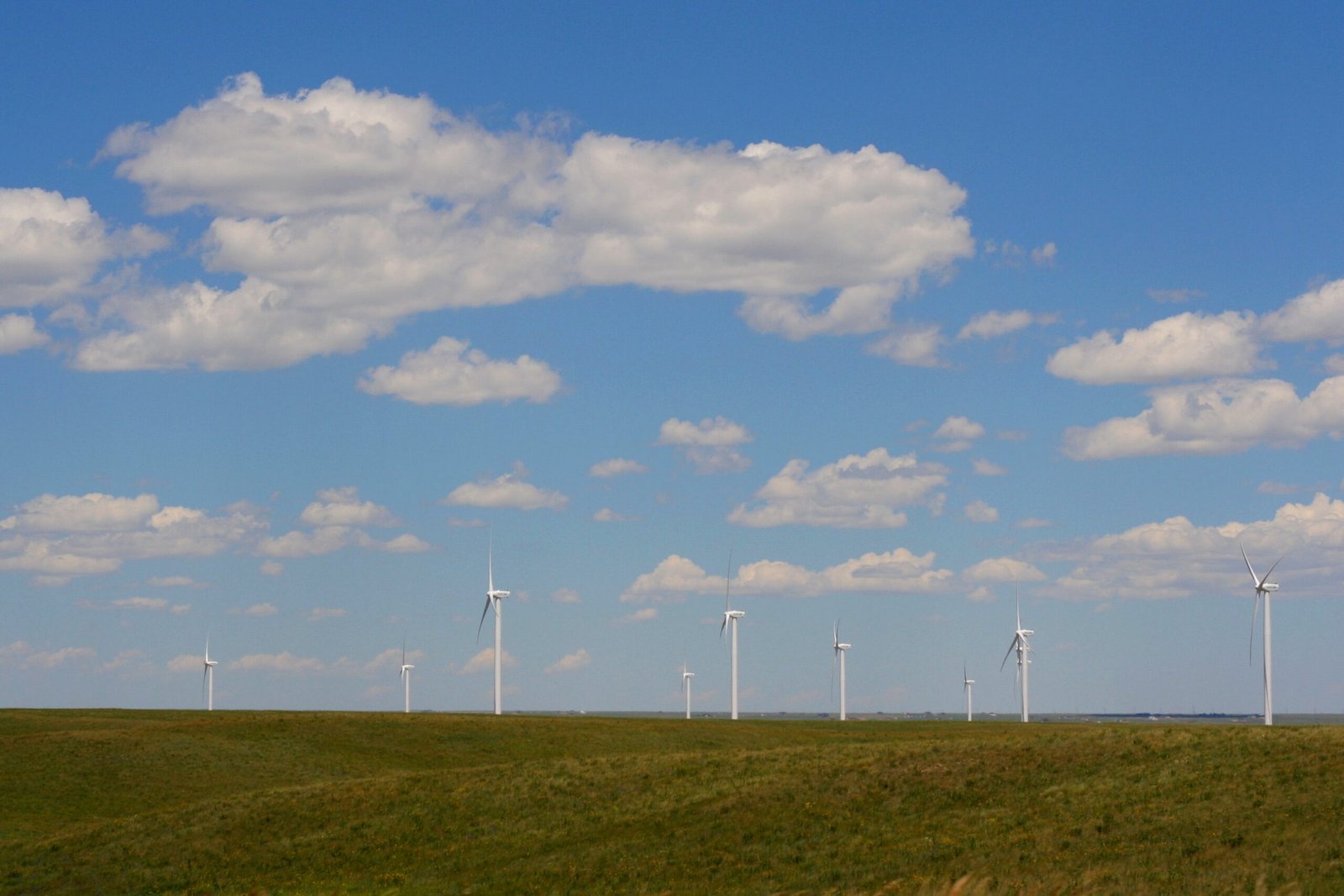
Wind has long been woven into the stories and folklore of Wyoming. Old-timers tell tales of cattle being blown across prairies or cowboy hats whisked away, never to be seen again. Some say the wind has a personality—mischievous, stubborn, or even vengeful. These stories capture the awe and respect residents have for their environment. The wind becomes a character in the narrative of Wyoming life, sometimes a villain, sometimes a comic relief.
Children and the Wind: Growing Up With Gusts
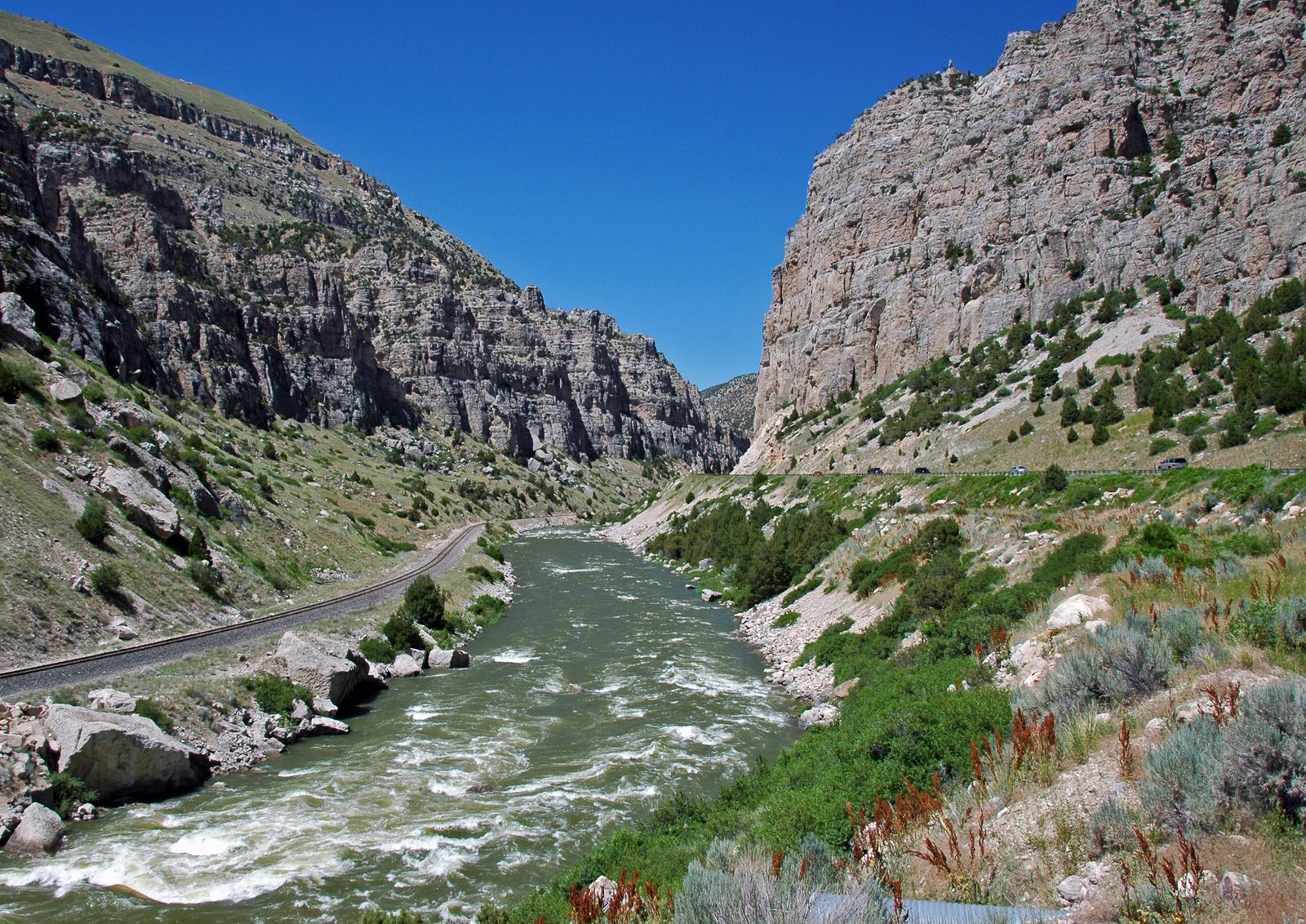
For kids in Wyoming, the wind is almost a playmate—sometimes annoying, sometimes thrilling. They learn early to chase hats, hold onto homework, and dodge flying toys. Parents teach children to stay indoors during high wind warnings and to keep the trampoline anchored. The wind shapes childhood memories, from wild kite-flying adventures to the disappointment of canceled soccer games. It’s a constant, unpredictable presence, woven into everyday life from the earliest years.
Wildlife Encounters: Animals Versus the Wind
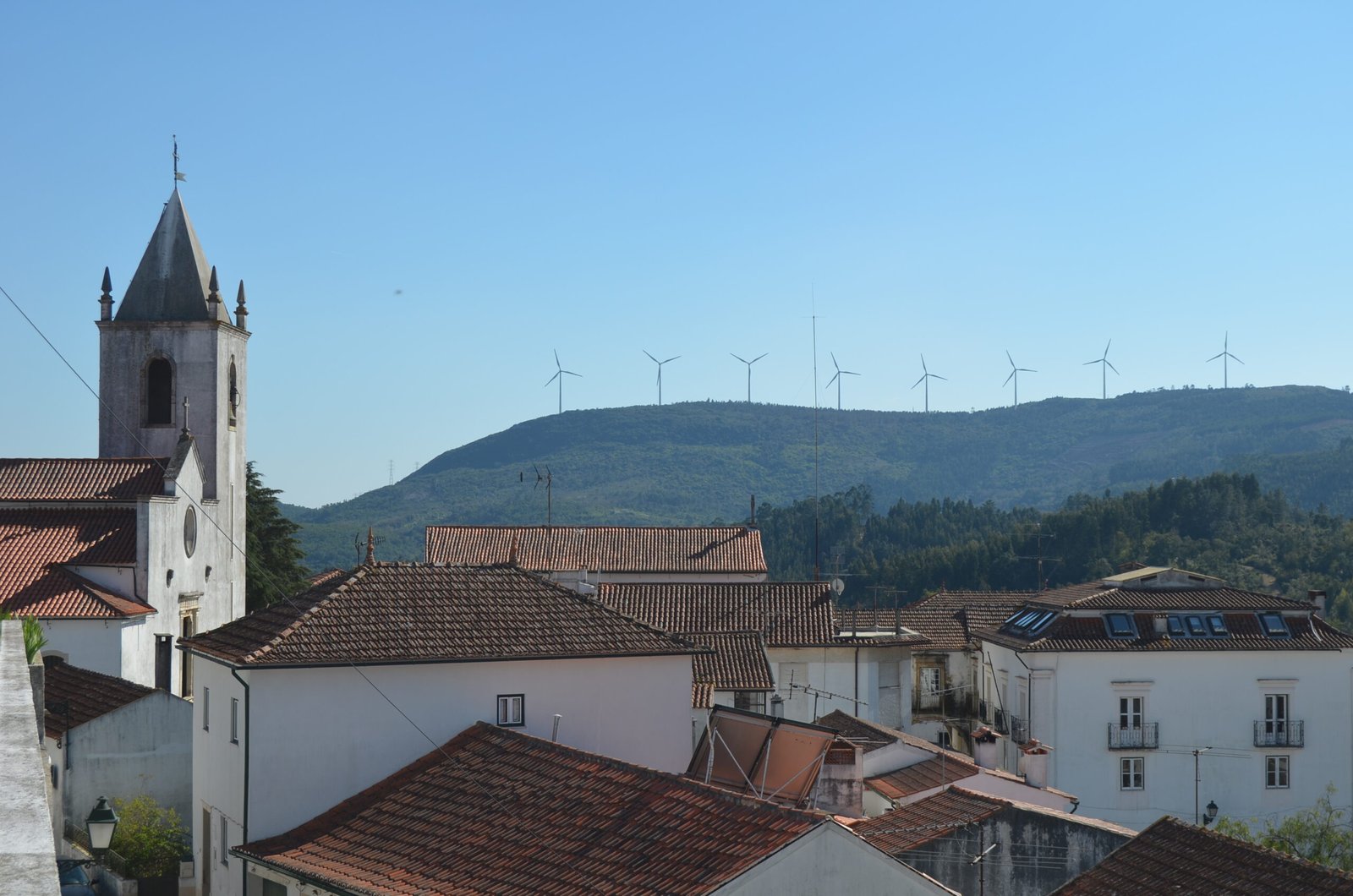
Animals in Wyoming are masters of adaptation. Birds fly low to the ground, while deer and antelope move with the direction of the wind to conserve energy. Ranchers have seen calves huddle behind windbreaks and horses stubbornly turn their backs to howling gusts. Sometimes, the wind can even alter migration patterns or force animals to seek new shelter. Observing wildlife in the wind is a reminder of nature’s resilience and the incredible ways living creatures adjust to their surroundings.
Transportation Challenges: Highways and Havoc
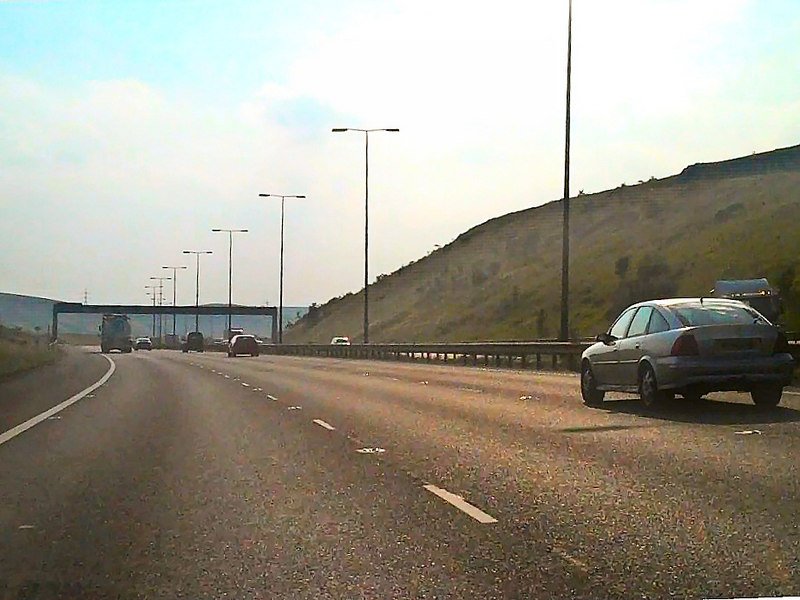
Travelers in Wyoming learn quickly to check the wind forecast before hitting the road. High winds can close major highways, topple trucks, and send RVs sliding off the pavement. The sight of semi-trailers rolled onto their sides is not uncommon after a big storm. Road signs warn of “dangerous crosswinds,” and state troopers sometimes escort vehicles through the worst stretches. For truckers and tourists alike, the wind turns an ordinary drive into a test of nerves and skill.
Emergency Services: Responding to Wind Disasters

When the wind hits hard, emergency responders brace for action. Fire departments deal with downed power lines, blown-over trees, and even house fires sparked by fallen electrical wires. Search and rescue teams may be called out to retrieve lost property—or, on rare occasions, to help people stranded by flying debris. Emergency management offices issue wind warnings and coordinate community responses. The dedication and quick thinking of these teams keep Wyoming’s residents safe when the weather turns wild.
Psychological Effects: Living With Constant Wind
Constant wind can wear on a person’s nerves. The unending sound, the shaking windows, the feeling of being constantly buffeted—it all adds up. Some people find the wind invigorating, while others admit it can be exhausting. Windy days might bring a sense of restlessness or even irritability. Over time, though, most residents develop a kind of mental toughness, learning to focus on the positives or simply shrug off the inconvenience. In many ways, the wind helps forge a resilient, adaptable spirit.
Tourism and the Wind: Visitors’ Impressions
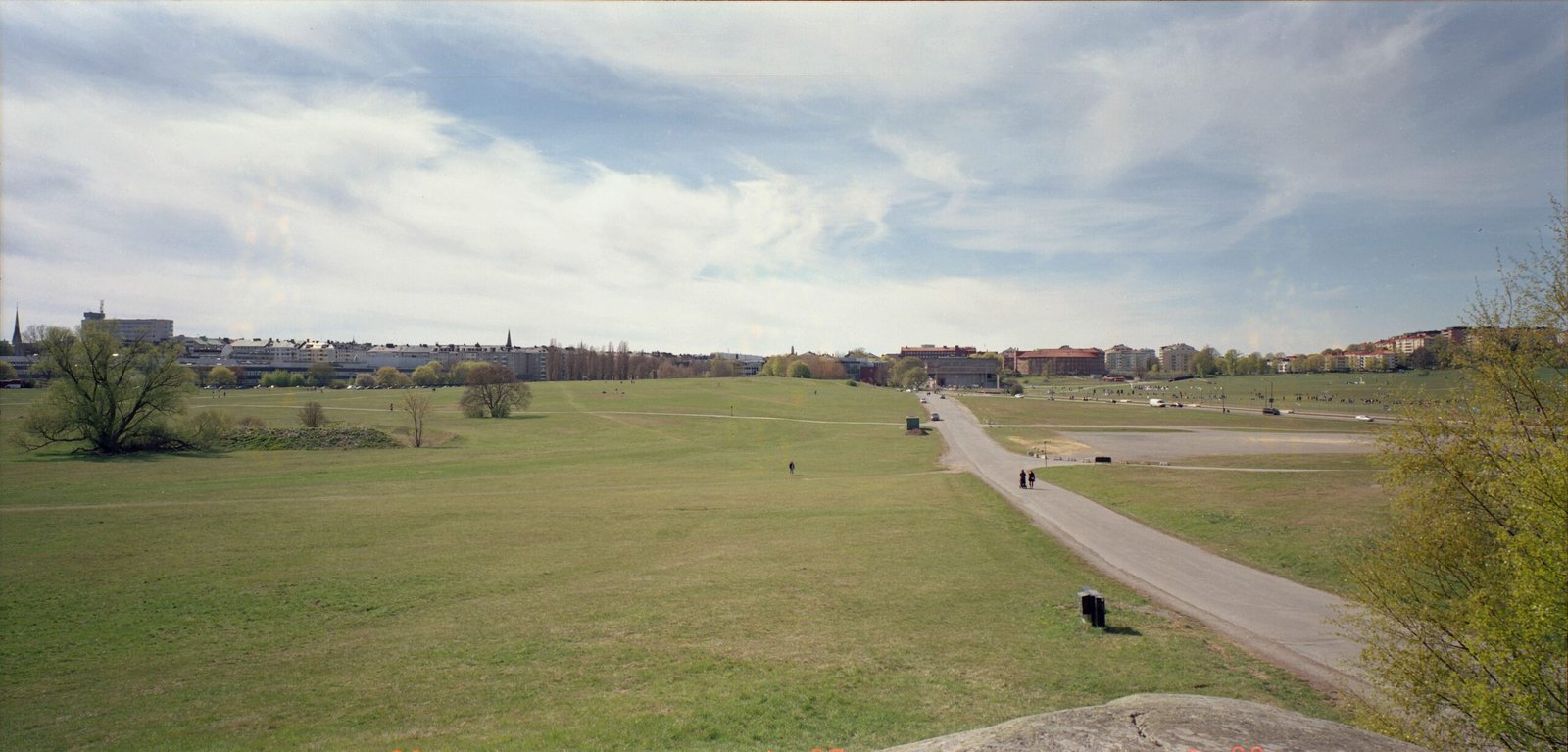
Tourists are often surprised—sometimes shocked—by Wyoming’s winds. Those expecting calm prairie scenes are quickly introduced to the reality of hats flying off heads and dust swirling across historic sites. Wind can add excitement (or frustration) to outdoor adventures, from hiking to camping to sightseeing. Some visitors leave with stories of tents flattened or picnics blown away. Yet, the wind also creates a sense of drama and wildness that many find unforgettable, adding to Wyoming’s rugged appeal.
Looking to the Future: Adapting to a Windy World
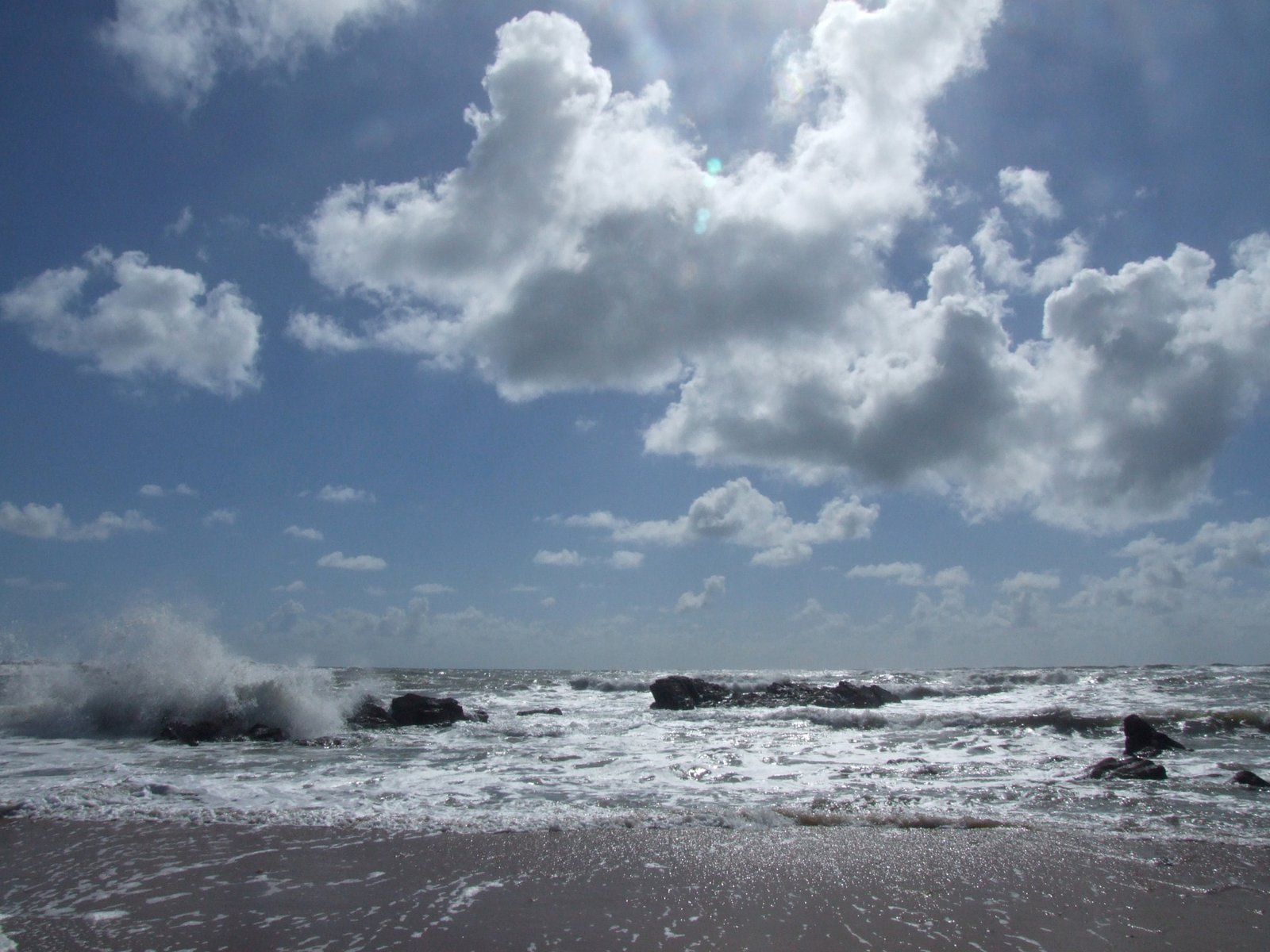
As climate patterns shift, some experts predict that Wyoming’s winds could become even more unpredictable. Communities are exploring new ways to adapt, from improved building codes to innovative landscaping. Research into wind-resistant infrastructure continues, and public awareness campaigns help residents stay safe. The wind will always be a part of Wyoming, shaping its land, its people, and its future. The challenge—and the opportunity—lies in learning to live with, and even harness, this powerful force of nature.


